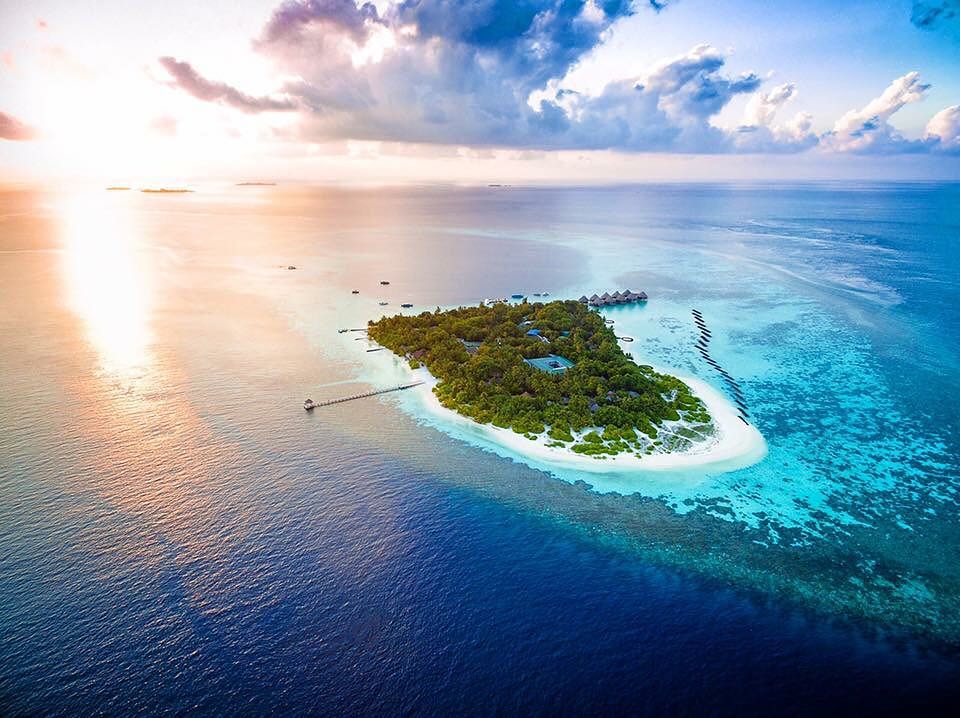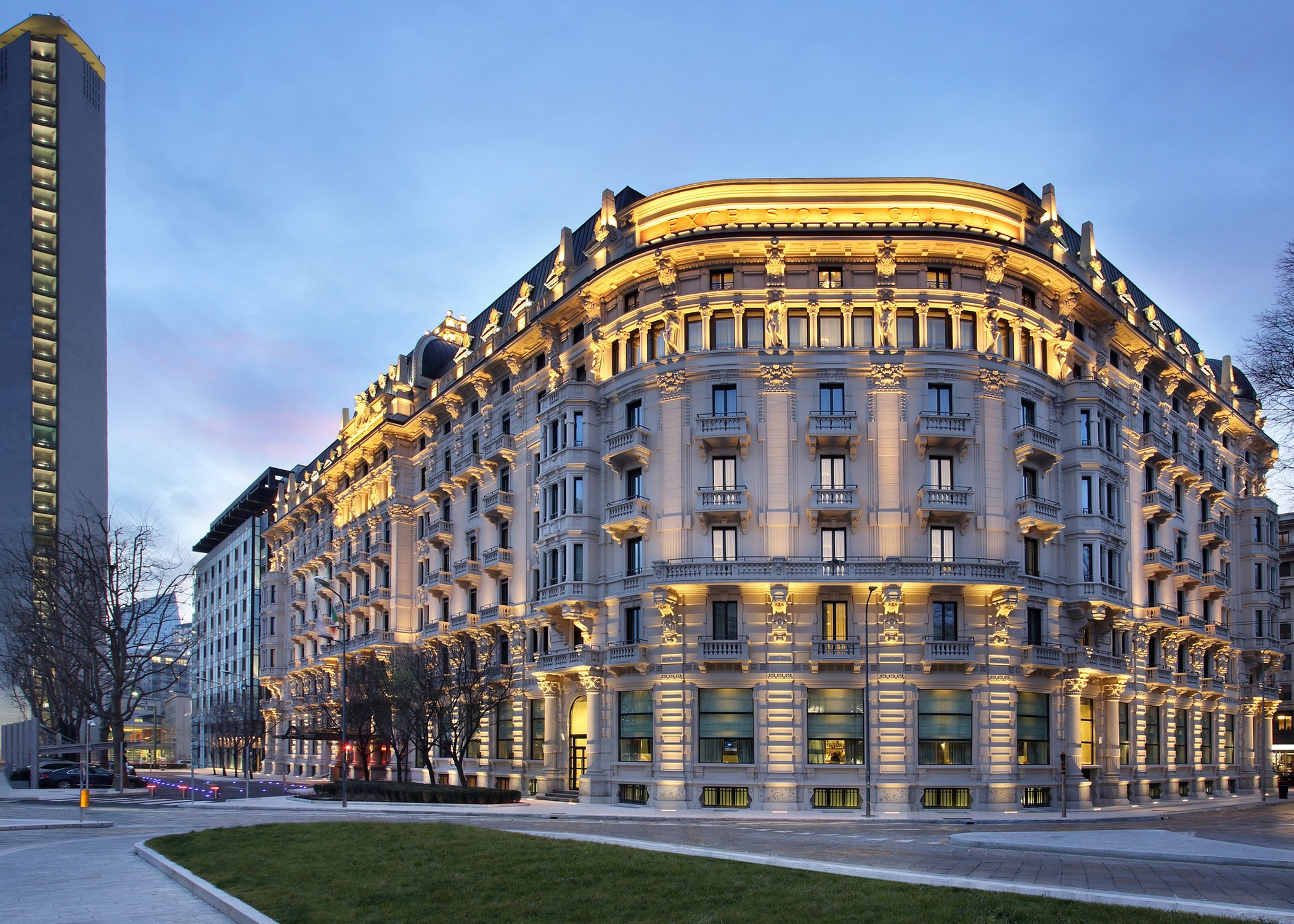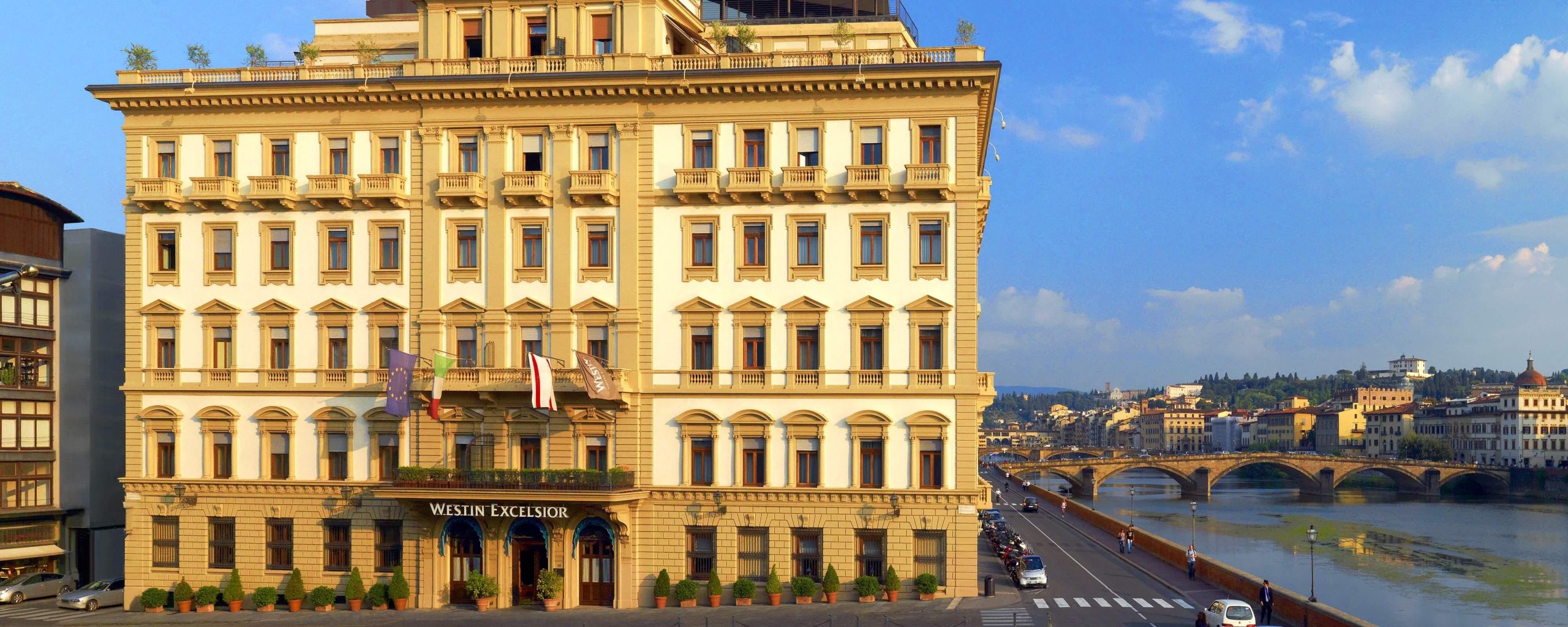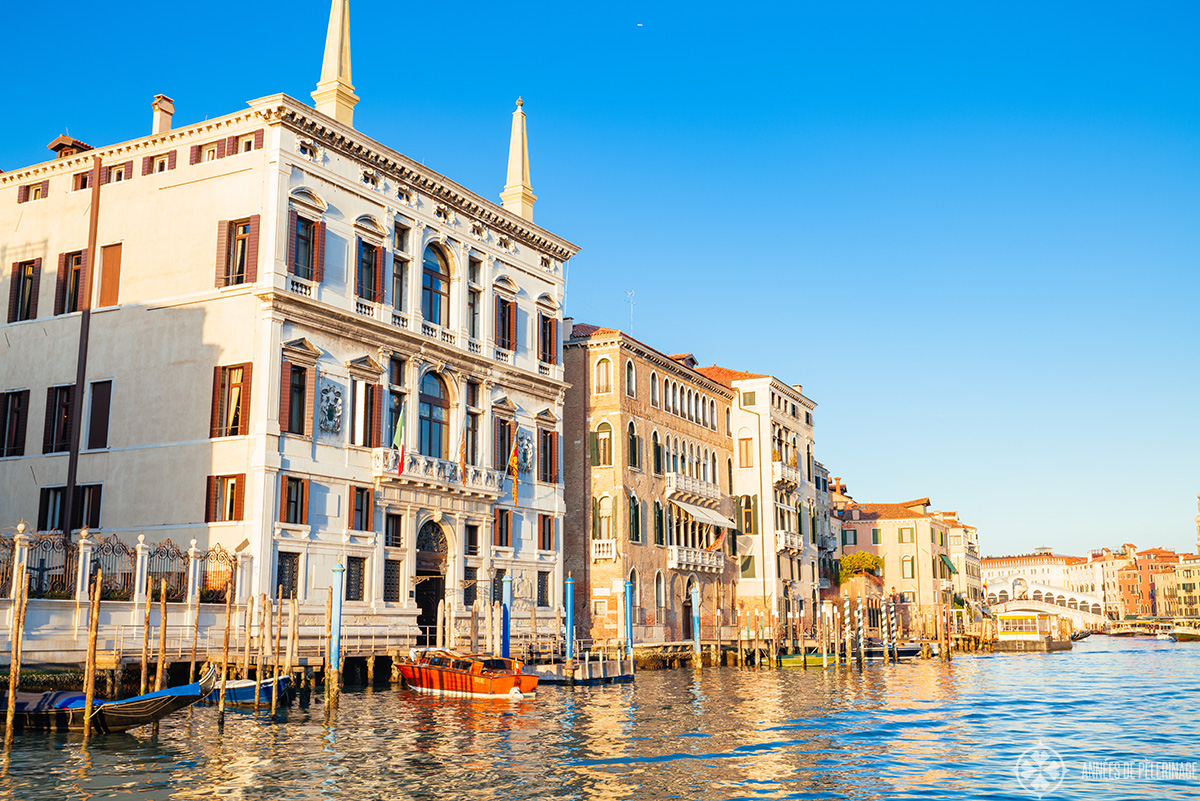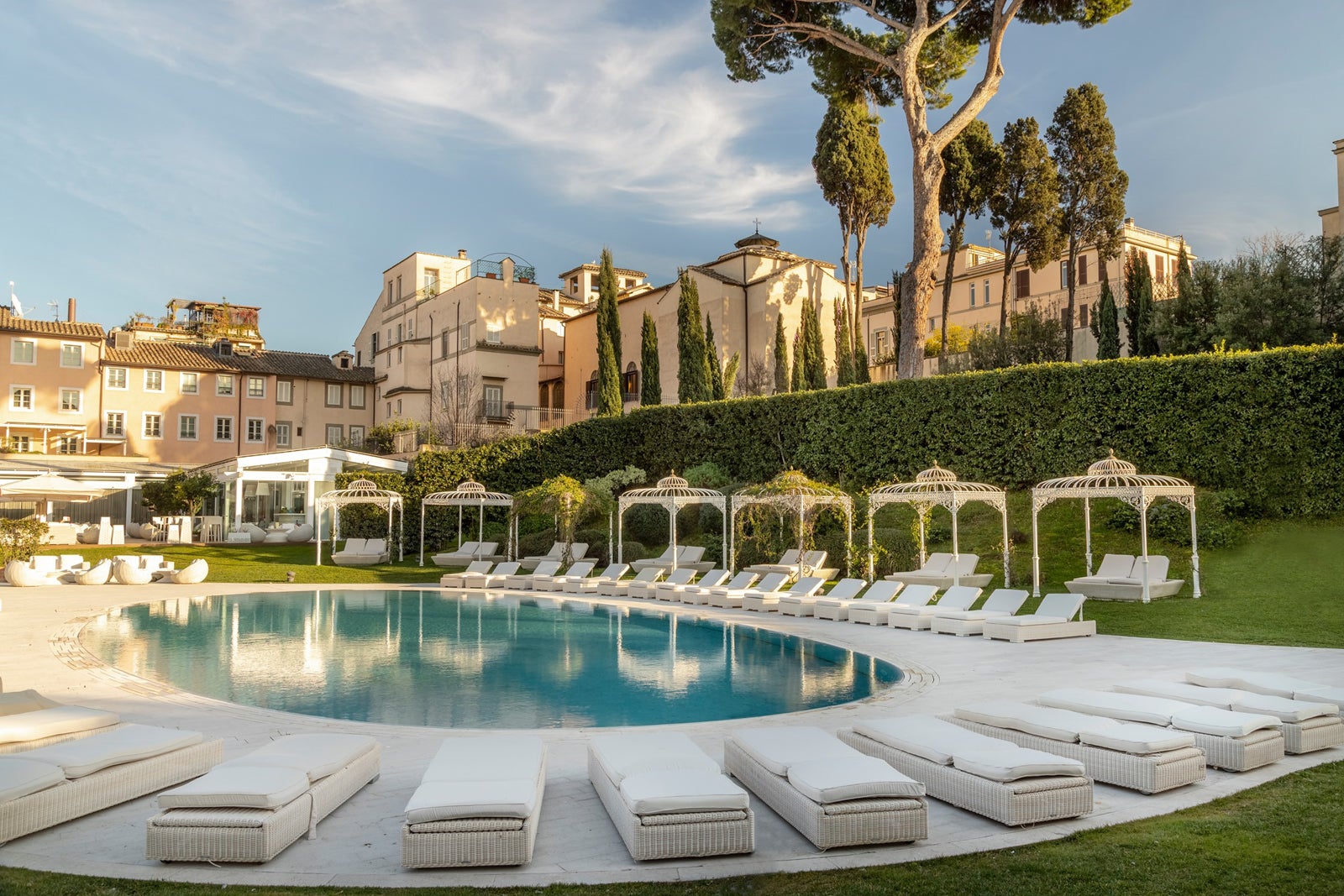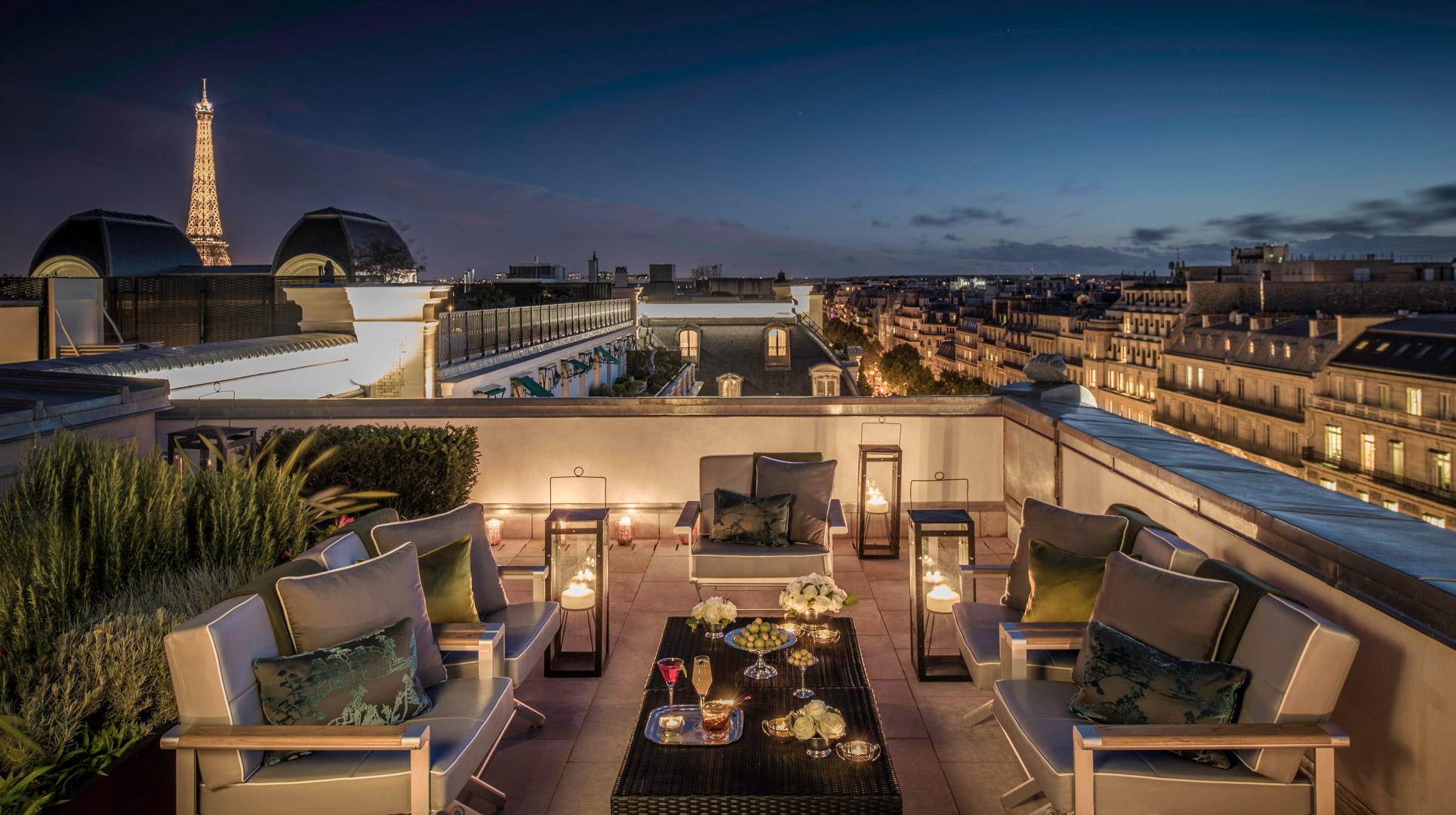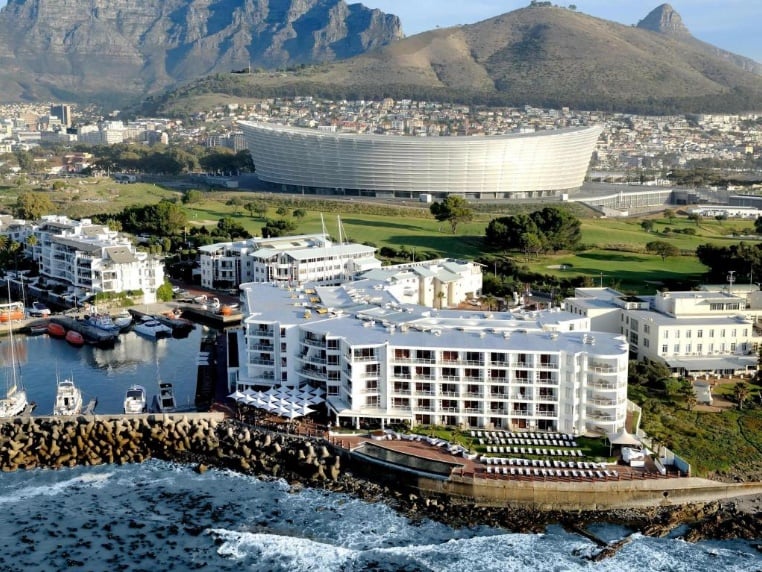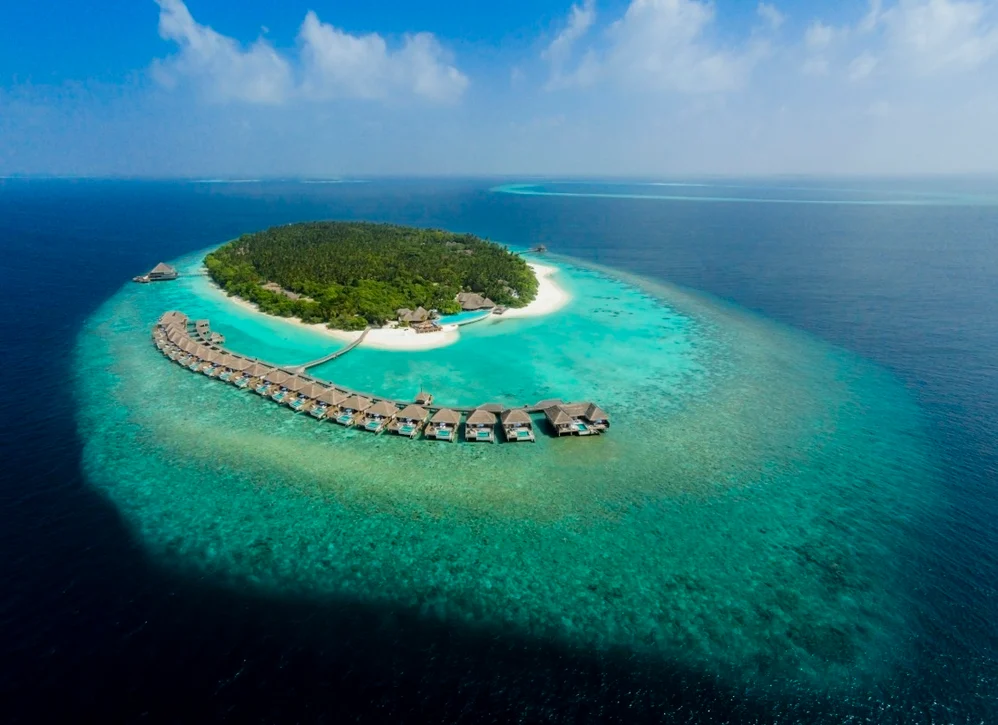
The Maldives. The very name conjures images of pristine white sand beaches, turquoise lagoons teeming with marine life, and luxurious overwater bungalows seemingly floating in the Indian Ocean. This archipelago nation, a collection of over 1,000 coral islands scattered across the equator, is a dream destination for travelers seeking relaxation, adventure, and unparalleled natural beauty. But beyond the picture-perfect postcard images, lies a rich history, a vibrant culture, and a myriad of experiences waiting to be discovered. This comprehensive guide will take you on a journey through the Maldives Atolls, equipping you with everything you need to plan your perfect escape.
A Glimpse into the Past: The History of the Maldives
Understanding the history of the Maldives enriches the experience, adding depth to the breathtaking scenery. The islands’ history is a fascinating tapestry woven from seafaring merchants, Buddhist kingdoms, Islamic conversions, and colonial influences.
Related Articles about Diving into Paradise: Your Ultimate Guide to Exploring the Maldives Atolls:
- Abu Dhabi: A Jewel of the Arabian Peninsula – Your Ultimate Travel Guide
- Finland: A Symphony of Nature, Culture, and Arctic Wonders
- Ho Chi Minh City: A Kaleidoscope of History, Hustle, and Heart
- Your Ultimate Guide to Vietnam: A Journey Through History, Culture, and Culinary Delights
- Yogyakarta: A Journey Through Java’s Soul and Enchantment
- Ancient Roots: The earliest inhabitants were likely migrants from the Indian subcontinent, possibly Dravidian people, arriving around the 5th century BC. Archaeological evidence suggests the prevalence of Buddhism in the islands for centuries, with the earliest written records found on copper plates dating back to the 9th century AD.
- The Conversion to Islam: In the 12th century, a significant turning point occurred with the conversion of the Maldivian King to Islam. This event, facilitated by Arab traders and missionaries, solidified Islam as the state religion, which it remains to this day. This conversion shaped the cultural and social fabric of the islands, influencing language, customs, and art.
- The Age of Sultanates: For centuries, the Maldives was ruled by a succession of sultanates, with each dynasty leaving its mark on the islands. The sultanates engaged in trade, navigating the Indian Ocean and interacting with neighboring regions. This period also saw the development of local governance and unique cultural traditions.
- Colonial Influences: The Maldives experienced periods of colonial influence from the Portuguese, Dutch, and British. The British, however, maintained a protectorate status, allowing the sultanate to remain in power, though subject to British oversight. Independence was finally achieved in 1965.
- Modern Maldives: The Maldives transitioned to a republic in 1968, and tourism began to flourish in the 1970s. Today, tourism is the lifeblood of the Maldivian economy, transforming the nation into a global destination for luxury travel. The country also faces the pressing challenges of climate change and rising sea levels, posing a serious threat to its existence.
Unveiling the Gems: Main Attractions of the Maldives Atolls
The Maldives’ allure lies in its diverse offerings, catering to a range of interests, from underwater exploration to barefoot luxury. Here’s a look at some of the main attractions:
-
Beaches & Lagoons: The beaches are, of course, the primary draw. Powdery white sand, crystal-clear turquoise water, and swaying palm trees create a picture-perfect setting. Each atoll boasts its own unique charm, with varying levels of seclusion and activity. Some of the most renowned beaches include:
- Fulhadhoo Island: Known for its pristine, untouched beauty and tranquility.
- Baa Atoll: A UNESCO Biosphere Reserve, renowned for its incredible biodiversity.
- Thulusdhoo Island: A surfer’s paradise, famous for its surfing breaks.
-
Snorkeling & Scuba Diving: The underwater world is the Maldives’ true treasure. The coral reefs teem with vibrant marine life, including colorful fish, manta rays, whale sharks, turtles, and dolphins. Whether you’re a seasoned diver or a novice snorkeler, the Maldives offers unforgettable underwater experiences. Key diving sites include:
- Manta Point: A prime location for encountering manta rays, particularly during the manta season (May to November).
- Banana Reef: One of the oldest dive sites in the Maldives, known for its diverse marine life and coral formations.
- HP Reef: A protected marine area, offering stunning underwater scenery.
-
Water Sports: Beyond diving and snorkeling, the Maldives offers a plethora of water sports activities. Try your hand at:
- Windsurfing & Kitesurfing: The consistent winds provide ideal conditions for these exhilarating sports.
- Jet Skiing & Parasailing: Enjoy thrilling rides and breathtaking views of the islands.
- Kayaking & Paddleboarding: Explore the calm lagoons at your own pace.
- Catamaran Sailing: Relax and enjoy the gentle sea breeze as you sail through the turquoise waters.
-
Island Hopping & Excursions: Explore different islands and experience the local culture by taking day trips. Visit:
- Male’: The capital city, offering a glimpse into Maldivian life, with its bustling markets, historical mosques, and vibrant streets.
- Local Islands: Experience the authentic Maldivian culture, interact with locals, and sample local cuisine.
- Sunset Cruises: Enjoy a romantic sunset cruise, often with dolphin sightings.
- Fishing Trips: Try your luck at fishing in the Indian Ocean.
-
Luxury Resorts & Spas: The Maldives is synonymous with luxury. Indulge in:
- Overwater Bungalows: Stay in iconic overwater bungalows, offering direct access to the lagoon.
- Private Beaches: Enjoy secluded beaches and personalized service.
- World-Class Spas: Rejuvenate with spa treatments, using natural ingredients.
Travel Tips for a Seamless Maldivian Experience
Planning a trip to the Maldives requires some careful consideration to ensure a smooth and enjoyable experience.
- Visa Requirements: Most nationalities can obtain a 30-day visa on arrival. Check the specific requirements for your country.
- Best Time to Visit: The dry season, from November to April, is generally considered the best time to visit, with sunny weather and calm seas. The monsoon season, from May to October, brings more rain and wind, but also offers lower prices and fewer crowds.
- Currency: The Maldivian Rufiyaa (MVR) is the local currency, but US dollars are widely accepted, especially at resorts. Credit cards are also commonly used.
- Language: Dhivehi is the official language. English is widely spoken, especially in tourist areas.
- Dress Code: While resorts often have relaxed dress codes, respect local customs by dressing modestly when visiting local islands. Avoid wearing revealing clothing.
- Alcohol & Pork: Alcohol and pork products are generally prohibited on local islands. They are available at resorts.
- Sun Protection: The sun is strong in the Maldives. Pack sunscreen, a hat, and sunglasses.
- Mosquitoes: Mosquitoes can be present, especially during the rainy season. Bring insect repellent.
- Respect the Environment: Help preserve the pristine environment by avoiding single-use plastics and practicing responsible tourism.
- Baggage: Pack light clothing, swimwear, and reef-safe sunscreen.
Finding Your Perfect Stay: Nearby Hotels & Resorts
The Maldives offers a vast array of accommodation options, from budget-friendly guesthouses on local islands to ultra-luxurious resorts. Here are some notable examples:
-
Luxury Resorts:
- Four Seasons Landaa Giraavaru (Baa Atoll): Known for its pristine beaches, overwater bungalows, and world-class spa.
- The St. Regis Maldives Vommuli Resort (Dhaalu Atoll): Offers luxurious villas, a private island setting, and exceptional service.
- W Maldives (North Ari Atoll): A stylish resort with vibrant nightlife, overwater bungalows, and a focus on water sports.
- Park Hyatt Maldives Hadahaa (Gaafu Alifu Atoll): Offers privacy and tranquility.
-
Mid-Range Resorts:
- Sun Siyam Iru Fushi (Noonu Atoll): Offers a wide range of activities, spacious villas, and a family-friendly atmosphere.
- Adaaran Select Meedhupparu (Raa Atoll): A beautiful resort offering all-inclusive packages.
-
Guesthouses on Local Islands:
- Rasdhoo Island: Offers a variety of guesthouses, ideal for experiencing local culture and budget-friendly travel.
- Maafushi Island: Popular for its affordable accommodation, water sports, and proximity to Male’.
- Thulusdhoo Island: Offers guesthouses, surfing, and a laid-back atmosphere.
Savoring the Flavors: Local Food in the Maldives
Maldivian cuisine is a delightful blend of Indian, Sri Lankan, and Arabian influences, with a strong emphasis on fresh seafood.
- Mas Huni: A traditional breakfast dish made with shredded smoked tuna, onions, coconut, and chili.
- Garudhiya: A clear fish soup, often served with rice and lime.
- Fish Curry: A staple dish, with a variety of fish curries, flavored with spices and coconut milk.
- Fried Fish: Freshly caught fish, fried to perfection.
- Bajiya: A savory pastry filled with fish and spices.
- Bis Keemiya: A spring roll filled with tuna, vegetables, and spices.
- Huni Roshi: A type of roti, often served with curries.
- Coconut Water: A refreshing and hydrating drink.
- Fresh Fruit Juices: Enjoy a variety of tropical fruit juices.
Navigating the Atolls: Transportation Options
Getting around the Maldives can be an adventure in itself. Here’s a guide to the various transportation options:
- Flights: Domestic flights are available from Velana International Airport (MLE) in Male’ to other airports across the atolls. These are often the quickest way to reach resorts further away from the capital.
- Seaplanes: Seaplanes offer a scenic and luxurious way to reach resorts located in remote atolls. The views are spectacular.
- Speedboats: Speedboats are the most common mode of transport for transfers between Male’, nearby islands, and resorts. They are generally faster and more frequent than ferries.
- Ferries: Local ferries are a cost-effective way to travel between local islands and Male’. They are slower than speedboats, but provide a more authentic experience.
- Dhonis: Traditional Maldivian boats, often used for excursions and island hopping.
Conclusion: A Paradise Awaits
The Maldives Atolls offer an unparalleled travel experience, combining breathtaking natural beauty, luxurious accommodations, and a vibrant culture. From the moment you arrive, you’ll be captivated by the pristine beaches, the turquoise lagoons, and the warm hospitality of the Maldivian people. By planning ahead and utilizing this comprehensive guide, you can create a truly unforgettable escape to this tropical paradise. So, pack your bags, prepare to be amazed, and get ready to dive into the magic of the Maldives.
